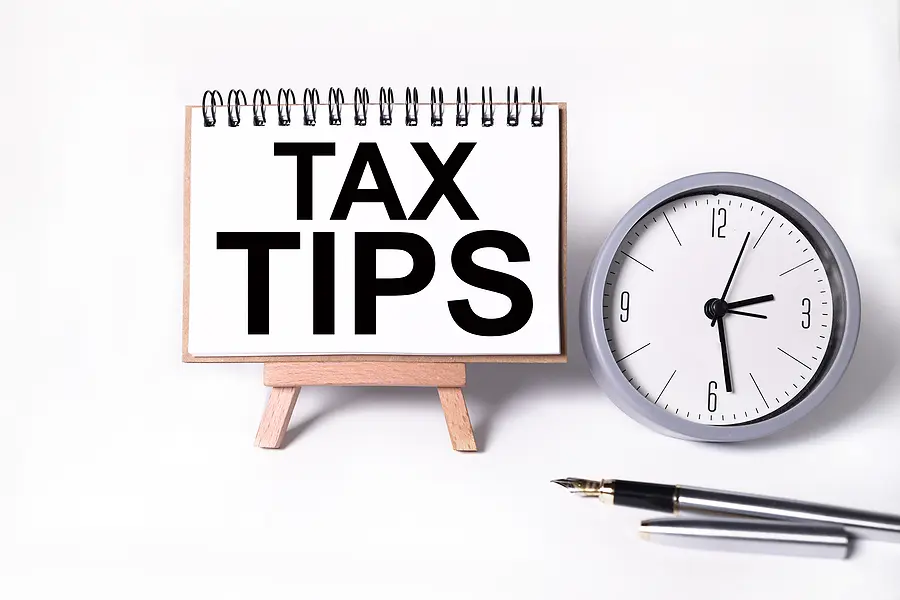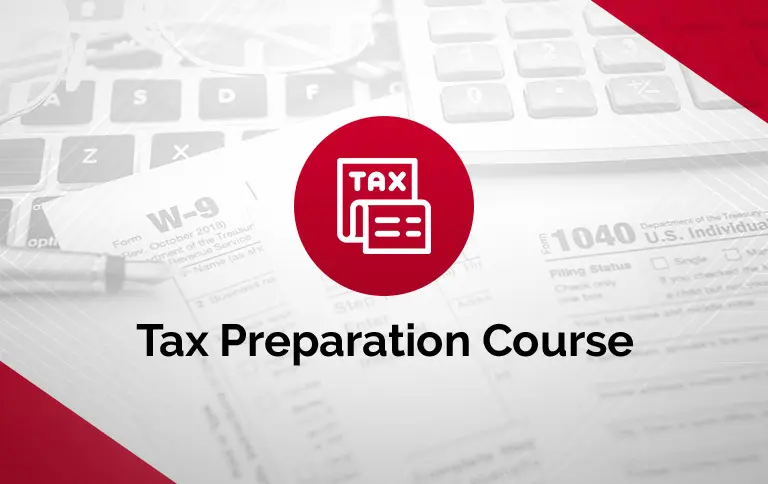Tax Preparation Forms
Tax season can feel like a labyrinth of confusing forms and regulations. Understanding the key forms involved is crucial for accurate and timely filing. This article provides an overview of some of the most common tax forms used in the United States.

1. Form 1040: U.S. Individual Income Tax Return
- The Foundation: This is the primary tax form for most individuals and couples. It's used to report income, calculate taxes owed, and claim deductions and credits.
- Variations:
2. Schedule A: Itemized Deductions
- The Deduction Detail: This schedule allows taxpayers to itemize deductions for expenses such as:
3. Schedule C: Profit or Loss From Business
- For the Self-Employed: Used by individuals who operate a business as a sole proprietor or partnership.
- Reports: Reports business income, expenses, and calculates net profit or loss.
- Key Deductions: Includes deductions for business expenses such as travel, meals, office supplies, and equipment.
4. Schedule D: Capital Gains and Losses
- Investment Tracking: Used to report gains or losses from the sale or exchange of capital assets, such as stocks, bonds, and real estate.
- Long-term vs. Short-term: Distinguishes between long-term capital gains (held for over a year) and short-term capital gains (held for a year or less), which are taxed at different rates.
5. Schedule E: Supplemental Income and Loss
- Rental Income & More: Used to report income and expenses from rental property, royalties, partnerships, estates, and trusts.
6. W-2: Wage and Tax Statement
- Employer-Provided: Issued by employers to employees, showing wages earned and taxes withheld throughout the year.
- Crucial Information: Includes information such as:
7. 1099-NEC: Nonemployee Compensation
- For Independent Contractors: Issued to independent contractors by the businesses they work for.
- Reports Income: Reports the total income paid to the contractor during the year.
8. 1099-INT: Interest Income
- Interest Earned: Reports interest income earned from sources such as bank accounts, savings bonds, and certificates of deposit.
9. 1099-DIV: Dividends Received
- Investment Income: Reports dividend income received from investments in stocks or mutual funds.
10. 1099-G: Certain Government Payments
- Unemployment Benefits: Reports unemployment compensation benefits received during the year.
Important Notes:
- This is not an exhaustive list: Many other tax forms exist, depending on individual circumstances.
- Tax laws are complex: This information is for general guidance only. Consult with a tax professional for personalized advice.
- The IRS website: The official IRS website (irs.gov) is an invaluable resource for information on tax forms, instructions, and publications.
By understanding these key tax forms and gathering the necessary documentation, you can navigate the tax preparation process more efficiently and accurately.




